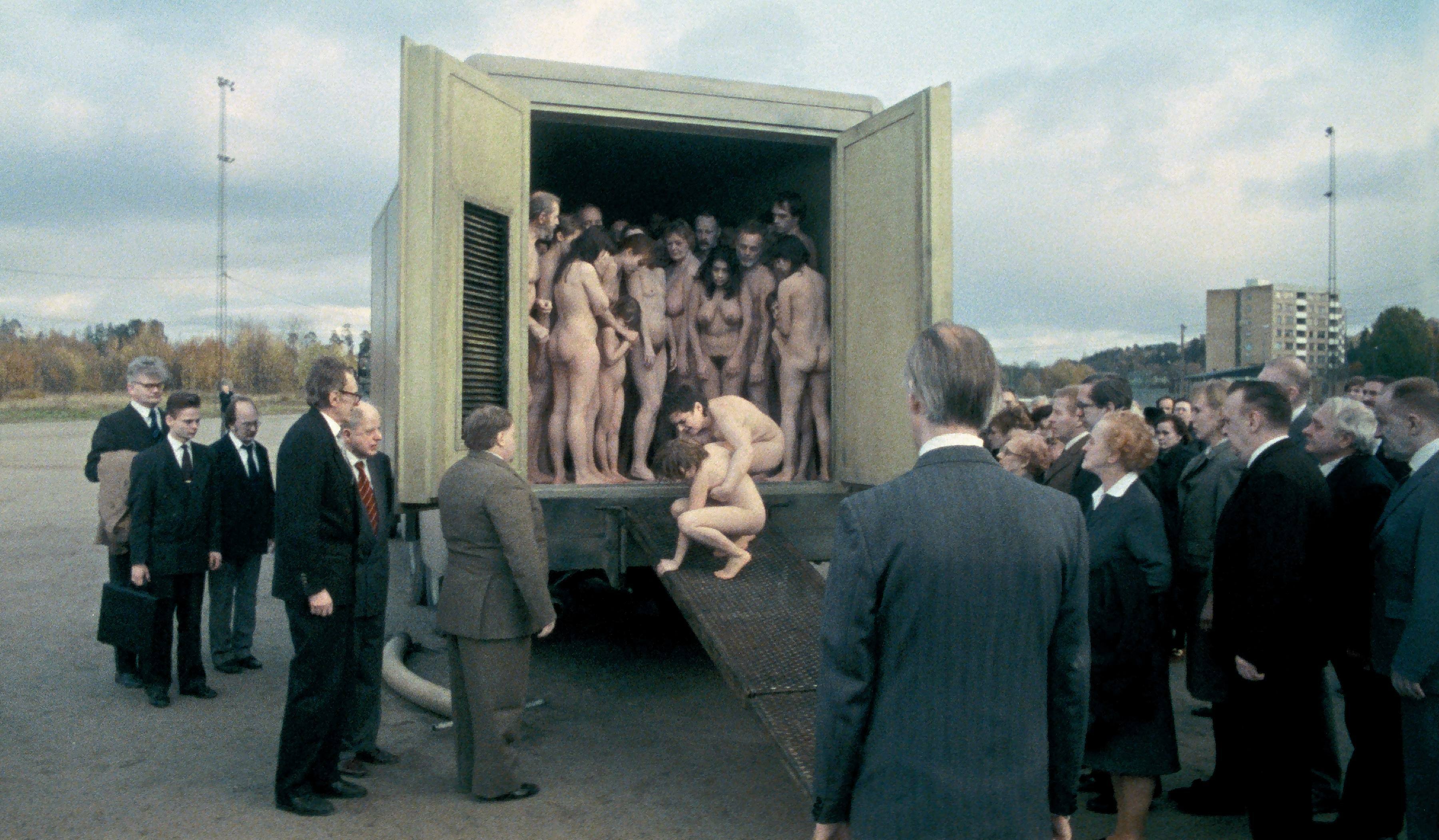Übergordnete Werke und Veranstaltungen
The Long Night of Fears
Personen
Media
Contemporary societies make a huge effort to provide their members with security. In building law for example a flood of rules and regulations controls every detail that could be dangerous, from the height of the banister to the angle of the stairs. If anything still goes wrong that could have been avoided by a regulation, a new one is added. The same applies to employment law, the health system, the welfare system and the legal system: Modern life in countries in the west seems so thoroughly regulated that some people seek escape through extreme sports in order to once again feel the thrill of danger that probably used to be part of everyday life. However most people prefer simulated rather than real danger. Television in particular provides an abundance of violent and shocking images. While there is still dispute about whether or not fictive images influence the way in which people perceive life (for example in the debate about the glorification of violence through the media), there is scarcely a doubt that the documentary, frequently only pseudo-documentary images have a lasting effect on people’s world view and attitude towards life.1 The seven films in this programme begin with the reflection of fictional violence and then deal with the documentary portrayal of violence, while the boundary between the two types of format becomes more and more blurred during the course of the programme.
Contre-jour by Christoph Girardet and Matthias Müller triggers one of the primal human fears: blindness. Found footage scenes of eye operations, staged scenarios and flicker sequences combine to create a film that seems to attack the retina directly – however the film is in fact only a danger for epileptics.
Our fear of losing our eyesight is so strong because we use our visual senses above all for orientation. For the same reason, fear in horror films is generated to a large extent by the audio track. Humans find it difficult to locate sound spatially and our ears are easily deceived.Sisäinen lähiö (Suburb Within) is therefore essentially an abstract film that creates a relationship to horror through the soundtrack – in this way achieving an even more unsettling effect than most elaborate feature film productions.
In Testimony Anke Schäfer consolidates the visual quintessence of the act of killing in film, the blood gushing out of the gunshot wound, to create a laconic picture, reminiscent of an action painting.
The film Händelse vid bank (Incident by a Bank) by Ruben Östlund, shot from a single angle in the style of a surveillance camera, reconstructs a real crime. Two robbers hold up a bank in a lively street; numerous passers-by stand in front of it, agape, asking themselves if what they see is real. We do not know if the scene is real or orchestrated but at any rate it is recorded using a mobile phone.
The slow but steady collpase of the Soviet Union during the Perestroika era not only generated a considerable increase in crime but also sensationalist news coverage. Live reports from the scenes of crime were broadcast on a daily basis in the style of a TV series, ideally with the murderer in front of the camera too, for example 600 seconds. Christiane Büchner’s found footage montage Perestroika TV shows a truly terrifying vision of society, in which the documentary and fictive aspects can no longer be distinguished from one another.
The Internet initially appears to be free of censorship however in reality certain contents are frequently removed after only a short period of time. Dominic Gagnon collects clips that have been removed and re-assembles them again. RIP in Pieces America is a virtual assembly of contemporaries who are all concerned about the future of the United States. They sit alone like “talking heads” in front of their webcams, sometimes unmasked, sometimes wearing strange or even sinister clothes, and proclaim their apocalyptic visions and conspiracy theories with great insistency.
In november Hito Steyerl reflects on the death of a friend with whom she, as the leading actress, made a martial arts film. Andrea Wolf later moved away from this medium and began to fight for her convictions in the real world. She joined the PKK und was killed in combat in the borderland between Turkey and northern Iraq. Venerated in Kurdish circles as the “immortal revolutionary” she now really has become an image herself.
Marcel Schwierin
1 See also the programme Structures of Violence.






